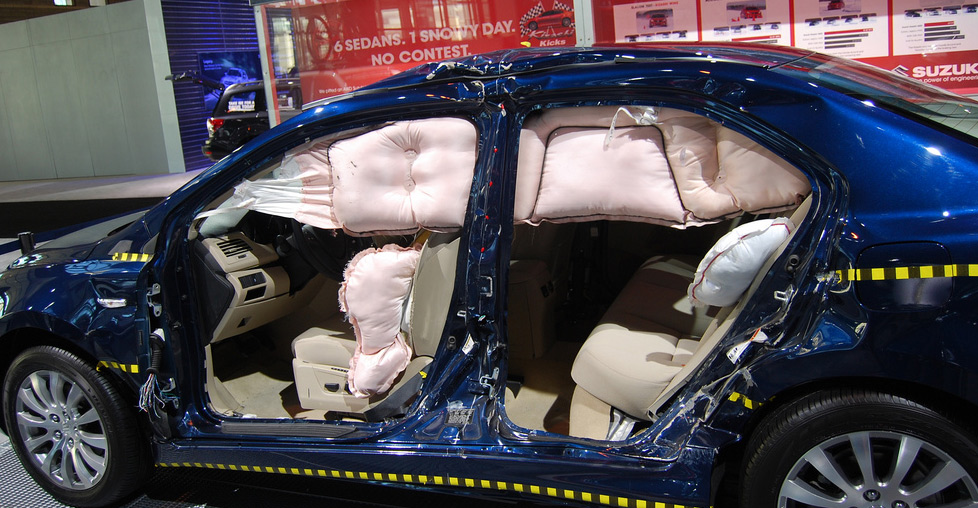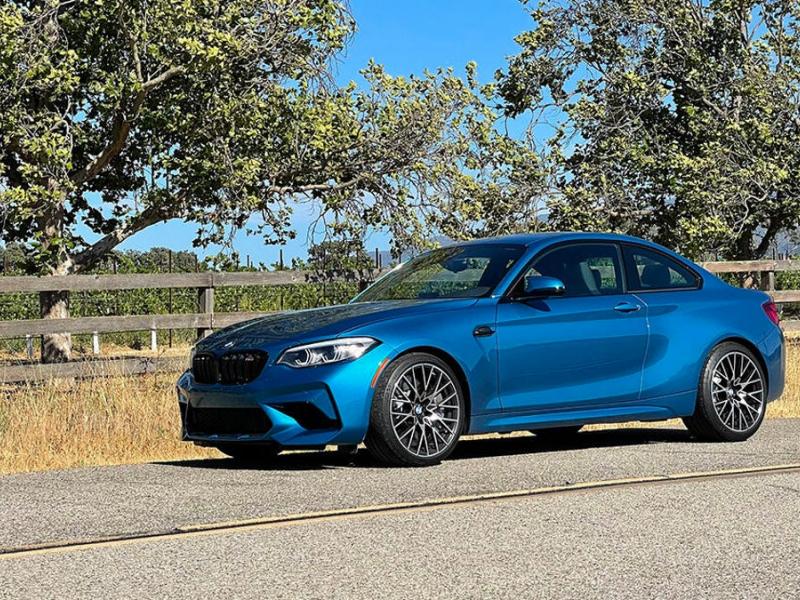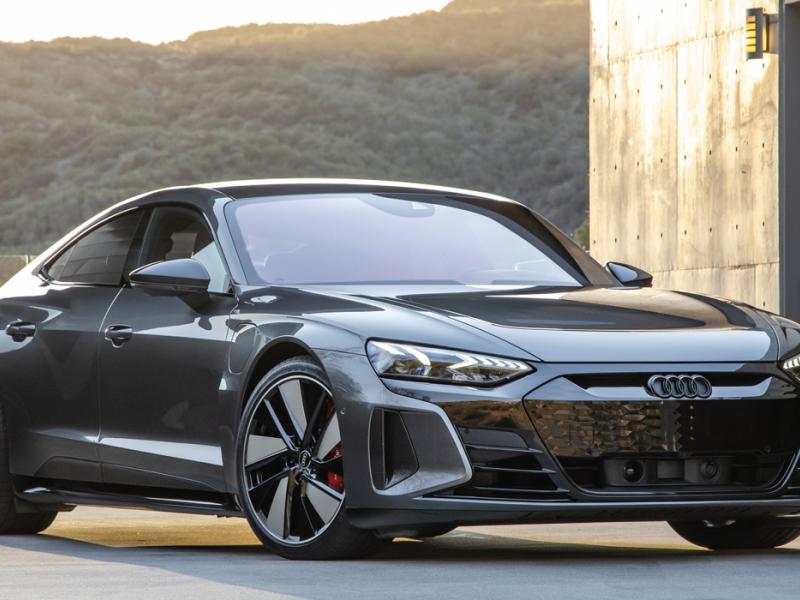IIHS President Lund on vehicle safety improvements
Wed, 01/07/2015 - 06:25
The Insurance Institute for Highway Safety (IIHS) recently spoke to a group of about 40 auto journalists as part of the Washington Automotive Press Association’s (WAPA) monthly luncheon meeting.
Source: IIHS presentation
During his presentation, IIHS President Adrian Lund shared key data points and new findings from the Institute, which helped to shed light on how safety improvements across the vehicle fleet are helping to reduce crash deaths and the severity of injuries.
First #WAPA luncheon of 2015 kicking off with @IIHS_autosafety President Adrian Lund. #autosafety pic.twitter.com/4mHxf03E2L — WAPA (@WashAutoPress) January 15, 2015
Crash Testing Cars since 1995
IIHS has been conducting vehicle crash tests since 1995, well before many of the advanced safety features we see today even existed. In the years following, they added tests to align with the insurance data they received pointing to new causes for injuries or deaths. Additional vehicle crash testing added over the years:- 2003 – IIHS adds side crash testing
- 2005 – Rear collision testing becomes standard
- 2009 – Roof testing is implemented
- 2012 – IIHS introduces the “overlap” test
Minivans get hit hard in overlap test
When IIHS released its moderate overlap test results for minivans last fall, the results were less than stellar. In fact, every major news network picked up the story and ran with it – stressing to viewers that their beloved “family friendly minivan may not be so safe after all. But all of this serves not to condemn automakers for products that may not be performing well; it’s really about pointing out the areas where their team of engineers can work to solve another challenge says Lund. Why the overlap test? Nearly 50 percent of frontal vehicle crash deaths were happening in a unique situation where the longitudinal rails along the front of a vehicle, designed to withstand the majority of energy from a frontal crash, were being missed completely. IIHS was able to replicate these types of crashes which led to its small and moderate overlap testing in 2012. Source: IIHS presentation For the frontal crash rating, IIHS tests vehicles at 12 mph and 25 mph to see how well the vehicle brakes on its own. Since its introduction, 19 models have been tested in the overlap series twice, with 17 of those vehicles making vast safety improvements. Manufacturers are making structural changes and modifications mid lifecycle to better protect drivers in frontal crashes. For example, Honda’s engineering team developed a single-piece hot-stamped door stiffener ring to strengthen the structure of its compact Fit.Can crash avoidance technology help just as much as crash test worthiness?
President Lund poses an important question about the value of technology in the car versus its strong rating in crash testing. Lund believes we are not close to autonomous driving in the sense that you can get in your car in New York and tell it to “go to LA”. But he points to the fact that there’s already a lot of semi-autonomous features being used in cars today. One shift that the Institute has seen is with the introduction of Electronic Stability Control, or ESC. “The introduction of ESC has had a huge, positive effect on crash reduction,” says Lund. He also went on to say that auto braking features are twice as effective as a visual / audible collision warning to the driver. Psychology has a bit to do with that. As drivers, our brains tend to start “ignoring” blinking lights or noises when they alarm for (what we perceive) as no good reason. Think about how quickly you shrug off the blind spot detection warning light when it blinks constantly as you’re driving in heavy traffic. IIHS chart on adaptive headlights and crash prevention in a curve. | Source: IIHS presentationIIHS will turn its focus toward front crash prevention
The Insurance Institute for Highway Safety maintains ratings for roughly 200 models. In 2014, 117 models offered neither auto-braking nor frontal crash prevention. That figure has been reduced to 70 vehicle models for the model year 2015. Dr. Lund shared with the group that the agency is currently rating front crash prevention systems and will soon look at scoring adaptive headlights and their impact on preventing crashes in curves. The Institute is already seeing decreases due to this technology on models offered by Acura, Mazda, Mercedes-Benz and Volvo, among others. IIHS also has plans to set its sights on pedestrian detection. About 30 percent of vehicles today offer front crash prevention as optional or standard equipment (typically on higher-end trim levels), but that’s still a tiny percentage of the total vehicle fleet. Lund predicts that mass adoption of these active safety systems won’t happen for another 15 years, or until 2030. What’s IIHS doing on Distracted Driving? “[There’s] no question that people are distracted [when driving],” says Lund. “On reason this technology is so important is it can help prevent the crash.” IIHS President Lund went on to mention a new study where the Institute looks at drivers on the road in Northern Virginia. The study found that roughly 25 percent of drivers are distracted-or simply doing something other than driving. Most commonly, that’s holding their phone. They may not be using it to talk or text or surf social media, but they keep it in their hand. “It’s not just cell phones,” Lund added. “This technology doesn’t care WHY you’re distracted or making an error.” Lund alluded to his skepticism that the heavy push by the DOT and NHTSA the past few years to focus on cell phone use in the car is the most effective approach. “We find that even when people put down their phones,” Lund shared, “they’re not necessarily picking up (prioritizing) the driving task. They’re often doing some other activity anyway.” Download the full presentation by IIHS President, Adrian Lund
[{"target_id":"255082","alt":null,"title":null,"width":"978","height":"508","url":"\/sites\/default\/files\/articles-images\/79\/airbag14.jpg"},{"target_id":"255083","alt":null,"title":null,"width":"2048","height":"1536","url":"\/sites\/default\/files\/articles-images\/4c\/iihs-president-lund-on-vehicle-safety-improvements.jpg"}]




